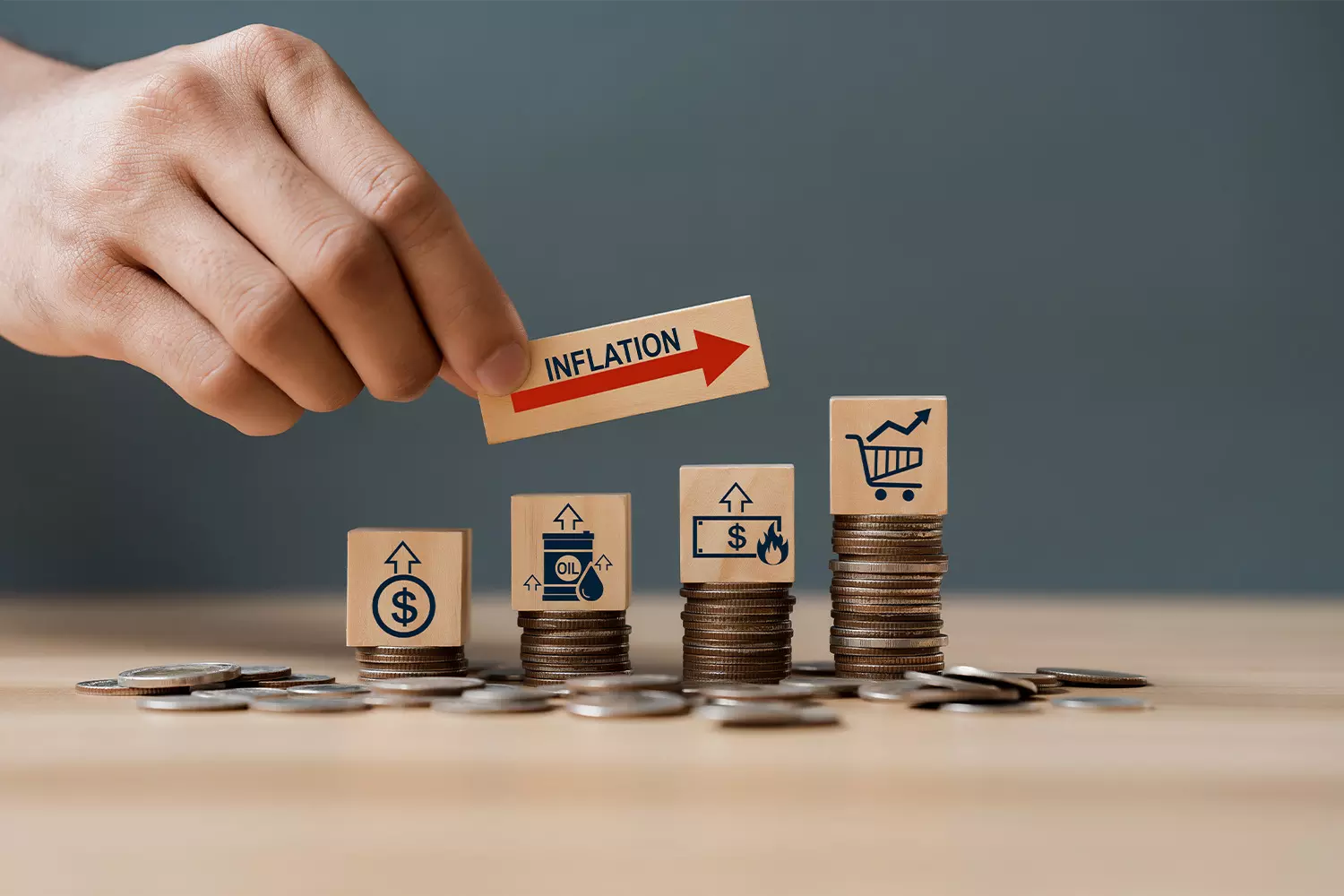High inflation curbs spending in US
Retail sales rise a meagre 0.1% in May from April. However, at restaurants the lone service category tracked in the monthly retail sales report, sales fell 0.4% in May. Sales at clothing and accessory stores rose 0.9%, while electronics and appliance stores posted a 0.4% gain. Online sales rose 0.8%. But business at building material and garden supplies fell 0.8%. And sales at gas stations were down 2.2%
image for illustrative purpose

New York: Consumers barely increased spending in May from April as still high inflation and high interest rates curbed spending. Retail sales rose 0.1 per cent in May, below the pace that economists projected, according to the Commerce Department. And April sales were revised downward — a 0.2 per cent decline, from unchanged. Sales rose 0.6 per cent in March and 0.9 per cent in February. That comes after sales fell 1.1 per cent in January, dragged down in part by inclement weather. Excluding gas prices and auto sales, retail sales rose the same amount. Excluding sales from gasoline, whose prices have been falling, sales were up 0.3 per cent.
The retail sales data offers only a partial look at consumer spending because it excludes things like travel and lodging. However at restaurants, the lone service category tracked in the monthly retail sales report, sales fell 0.4 per cent in May. Sales at clothing and accessory stores rose 0.9 per cent, while electronics and appliance stores posted a 0.4 per cent gain. Online sales rose 0.8 per cent. But business at building material and garden supplies fell 0.8 per cent. And sales at gas stations were down 2.2 per cent. The national average price for a gallon of unleaded gasoline was $3.45 as of Monday; a month ago, it was $3.59, AAA said.
A strong job market and rising wages have fuelled household spending but spending remains choppy in the face of rising credit costs and still high inflation, though it has eased. To give shoppers some relief, Target, Walmart and other chains have rolled out price cuts — some permanent, others temporary, heading into the summer months. Earlier this month, the government reported that America's employers added a robust 272,000 jobs in May, accelerating from April and an indicator that companies are still bullish enough in the economy to keep hiring despite stubbornly high interest rates. The government's report on consumer inflation last week, showed how inflation cooled substantially in May, as the cost of gasoline, new cars, and even car insurance fell.
Consumer prices excluding volatile food and energy costs — the closely watched “core” index — rose 0.2 per cent from April to May, the government said last week. That was down from 0.3 per cent the previous month and was the smallest increase since October. Overall, inflation also eased last month, with consumer prices unchanged from April to May. Measured from a year earlier, prices increased 3.3 per cent, less than the 3.6 per cent gain a month earlier. Federal Reserve officials said last week after the report came out that inflation has fallen further toward their target level in recent months but signalled that they expect to cut their benchmark interest rate just once this year. Still, anxiety over still stubborn inflation helped drive down US consumer sentiment for the third consecutive month.
The University of Michigan's consumer sentiment index, released Friday in a preliminary version, dropped to 65.6 this month from a final reading of 69.1 in May. Retail executives say shoppers are still buying, but they're being choosy about what they spend their money on. Darren Rebelez, president and CEO of Ankeny, Iowa-based Casey's Casey's General Stores, Inc. which operates more than 2,600 convenience stores in 17 Midwestern states, noted shoppers remain resilient, but the company is also in a sweet spot. Roughly 25 per cent of the chain's customers have household income of less than $50,000, and seven of the bottom 10 most affordable states are in the stores' footprint so customers can stretch their dollars further.
Still, Rebelez says customers are making choices like shifting away from candy because of skyrocketing cocoa prices and moving into baked goods like cookies, brownies and donuts. They're also buying less bottled soda and buying more soda fountain beverages, because they are cheaper. “They're not giving up on their indulgences,” he said. “They're just choosing to spend it differently so they can get a little more value for the money."

